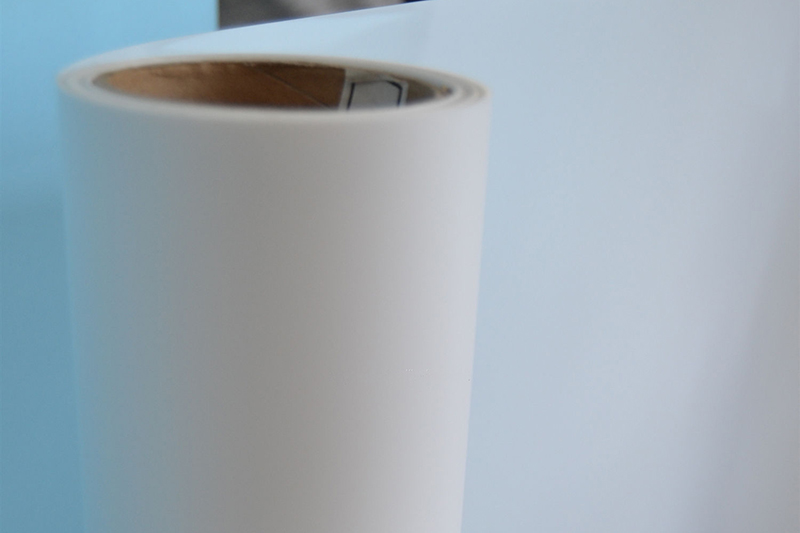PET backlit film, a versatile material used in a wide range of applications, owes its success to a unique combination of material properties and performance characteristics. This article delves into the science behind PET backlit film, exploring its composition, structure, and the factors that contribute to its exceptional light diffusion and durability.

Backlit Film Construction:
PET backlit film is typically composed of multiple layers, each serving a specific purpose.
PET Base Film: This forms the foundation of the film, providing mechanical strength and dimensional stability. The thickness of the base film can vary depending on the application, with thinner films used for signage and thicker films for more demanding applications like light boxes.
Diffuser Layer: This layer is crucial for achieving uniform light diffusion. It is often made of a micro-structured material, such as a scattering agent or a textured surface, which scatters incoming light in multiple directions. This prevents hotspots and creates a smooth, evenly illuminated surface.
Protective Layer: A protective layer, often made of a scratch-resistant coating, is applied to the surface of the film to enhance its durability and protect it from abrasion, UV degradation, and other environmental factors.
Material Properties and Performance:
The performance of PET backlit film is directly influenced by its material properties:
Light Transmission: PET's inherent clarity allows for high light transmission, ensuring that the backlight source effectively illuminates the diffuser layer.
Light Diffusion: The diffuser layer plays a critical role in scattering light, creating a uniform and glare-free illumination. The type and structure of the diffuser layer determine the degree of diffusion, allowing for customization based on the application.
Durability: PET's inherent strength and chemical resistance, combined with the protective layer, contribute to the film's durability. It can withstand handling, cleaning, and exposure to environmental factors without compromising its performance.
Flexibility: PET backlit film is relatively flexible, allowing it to conform to curved surfaces and be used in a variety of shapes and sizes.
Heat Resistance: PET has a high melting point, making it suitable for applications where the backlight source generates heat.
Applications of PET Backlit Film:
The unique combination of properties makes PET backlit film suitable for a wide range of applications, including:
Signage: From illuminated billboards to storefront displays, PET backlit film provides vibrant and eye-catching signage.
Light Boxes: Used in advertising, retail displays, and architectural lighting, PET backlit film creates evenly illuminated light boxes.
Displays: PET backlit film is used in LCD and LED displays to enhance brightness and uniformity.
Graphic Arts: Artists and designers utilize PET backlit film for creating backlit artwork, prints, and installations.
PET backlit film's success stems from the synergy between its base material properties and the carefully engineered diffuser layer. Its ability to transmit light efficiently, diffuse it uniformly, and withstand demanding environments makes it a versatile material for a wide range of applications. As technology advances, we can expect further innovations in PET backlit film, leading to even brighter, more durable, and sustainable solutions.
